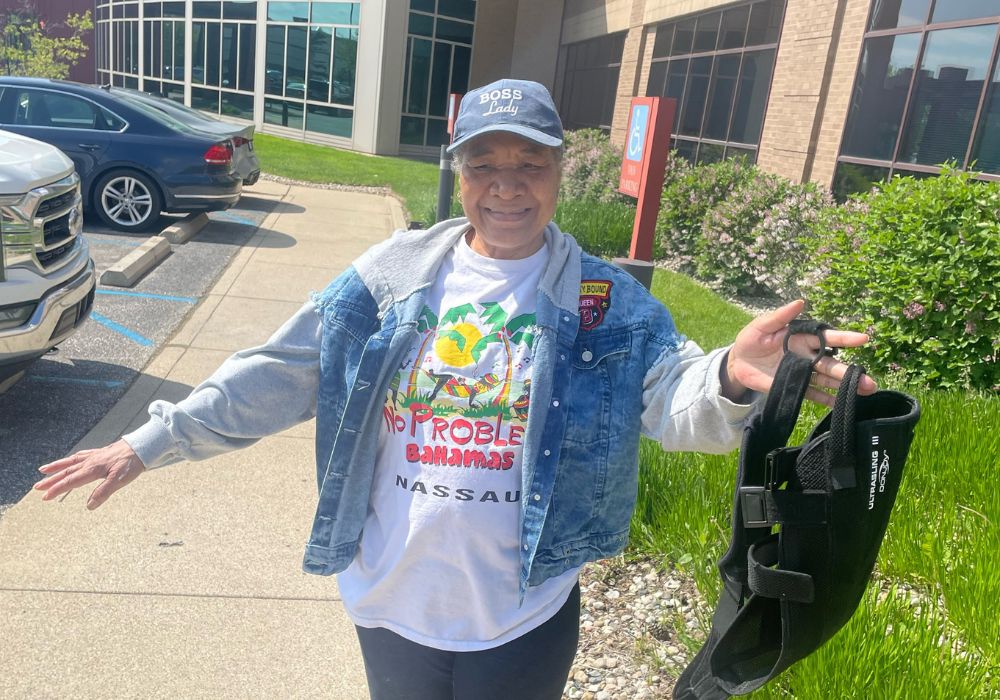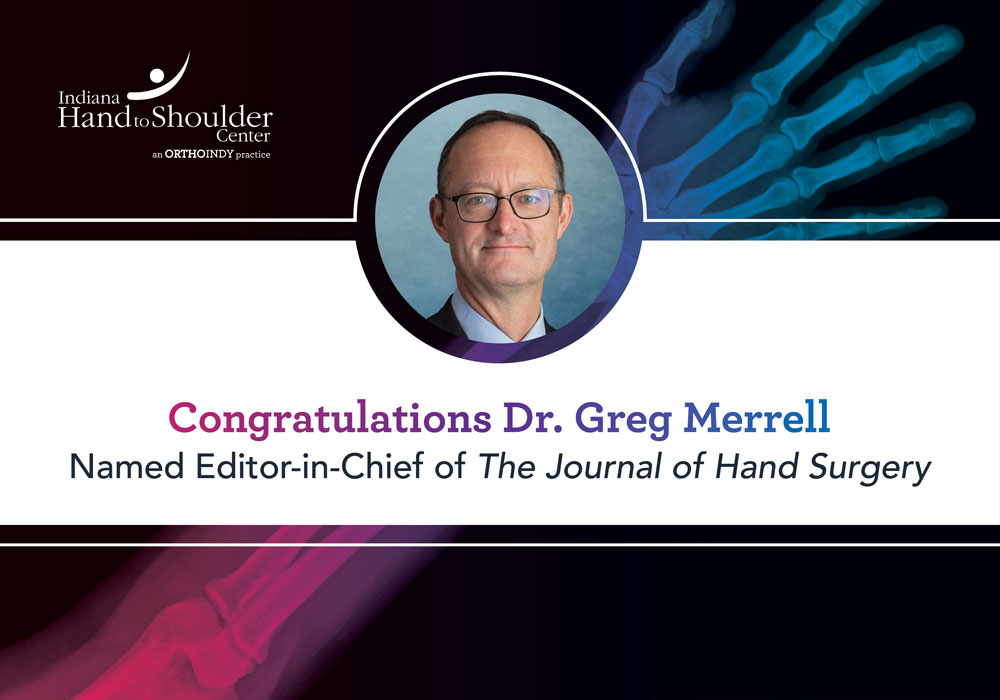Fractures of the proximal humerus are common, accounting for 5 percent of all fractures.
Anatomy
The shoulder is made up of three bones: the upper arm bone (humerus), the shoulder blade (scapula) and the collarbone (clavicle). The shoulder is a ball-and-socket joint, which means the ball of the upper arm fits into a shallow socket in your shoulder blade. A proximal humerus fracture occurs in the upper arm bone near the shoulder joint.
Cause
The most common cause is a fall on the outstretched hand from a standing height; this is very common with older patients because of osteoporosis or weakening of bone tissue. In younger patients high-energy trauma, such as a car accident, is usually the cause of injury.
Fractures to the proximal humerus are typically classified as:
- Nondisplaced: The pieces of bone at the fracture site are separated, but not out of position. This type of fracture may not require surgery.
- Displaced: The pieces of bone at the fracture site are separated and shifted out of position. This type of fracture may require surgery.
Symptoms
- Pain
- Swelling
- Bruising
- Severely restricted movement of the shoulder
- Numbness and tingling in the arm, forearm or hand
- Deformity of the upper arm
Physician examination
To determine whether you have a fractured proximal humerus, your physician will ask you for a complete medical history, have you describe your symptoms and conduct a physical examination. An X-ray is obtained to evaluate for a fracture. An MRI or CT scan may be necessary to rule out other problems.
Make an appointment with a shoulder specialist
How do you treat a proximal humerus fracture?
For patients who have non-displaced or minimally displaced fractures and cannot undergo surgery, a sling is used for immobilization. Typically the sling is used for six weeks or until fracture healing is seen on X-rays. Physical therapy is important for patients to regain motion and strength after the fracture has healed. Most patients will take three to four months to recover but many will see slow improvement in their function over the course of a year.
Surgery may be necessary for fractures with more significant displacement to allow for return of better function. There are different surgical options available depending on the fracture pattern. Open reduction and internal fixation with a plate and screws is the most common form of fracture fixation for displaced proximal humerus fractures. For some fractures that involve the humeral head or where fixation cannot be achieved with a plate and screws, shoulder replacements are used. This can be a hemiarthroplasty, that involves replacing the ball portion of the ball and socket joint or in some situations a reverse shoulder arthroplasty is used.
How long does it take for a proximal humerus fracture to heal?
After surgery patients are immobilized in a sling. Depending on the quality of fixation, physical therapy may be started in the first couple of weeks to begin working on range of motion. After fracture healing has been confirmed with X-rays, physical therapy can be progressed to obtain better motion and strengthening of the shoulder. Most patients will take three to four months to recover; however, continued gains in strength and function will be realized over the course of the first year.
Schedule an appointment
Your well-being is important to us. Click the button below or call us to schedule an appointment with one of our orthopedic specialists. If your injury or condition is recent, you can walk right into one of our OrthoIndy Urgent Care locations for immediate care. For rehabilitation and physical therapy, no referral is needed to see one of our physical therapists.





